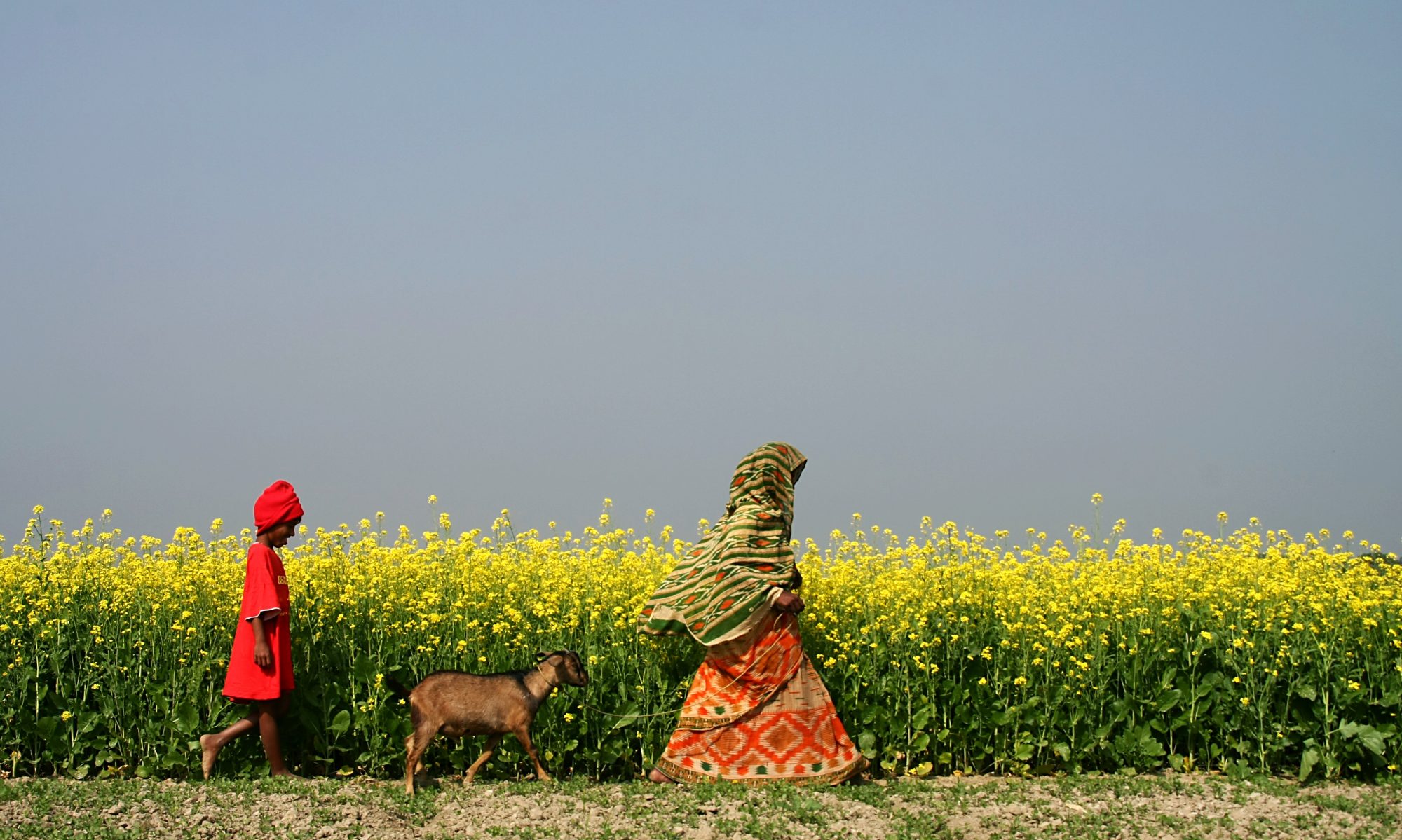Right to Food
Globally, 815 million people – up from 795 million last year – are chronically hungry. The IPCC concluded that climate change will impact all aspects of food security, not just food production. SDG 2 on food security and nutrition cannot be achieved without a principled approach to climate action grounded in human rights and an end to inequality. The Paris Agreement and existing human rights obligations demand that parties’ actions be ambitious enough to limit global warming to 1.5ºC and to enhance adaptive capacity, strengthen resilience, and reduce vulnerability. Parties’ actions – and support provided – must adhere to existing human rights obligations and the principles of the Paris Agreement, including to safeguard food security and end hunger.
Key International Instruments:
Universal Declaration of Human Rights Article 25: The UDHR first enshrines the right to food as part of the realization of everyone’s right to a standard of living adequate for health and well-being.
International Covenant on Economic, Social and Cultural Rights Article 11: The ICESCR builds on the UDHR, enshrining in a legally binding instrument a right to food, again as part of a right to an adequate standard of living.
The Committee on Economic, Social, and Cultural Rights, General Comment 12: It defines the right to food as realized “when every man, woman and child, alone or in community with others, has the physical and economic access at all times to adequate food or means for its procurement.
Sustainable Development Goal 2 captures all countries’ commitment to end hunger, achieve food security and improved nutrition, and promote sustainable agriculture.
